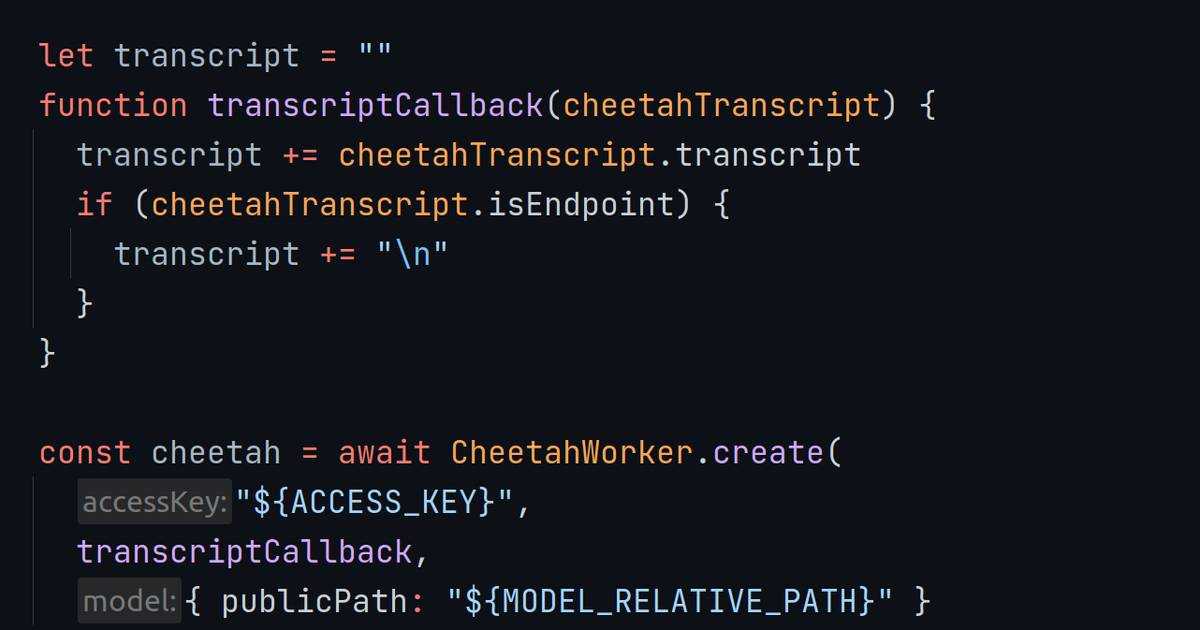Harrison Chase created LangChain in late 2022 as an open-source project. The project got the attention of thousands of developers. Later, he incorporated a company and raised $30M in seed funding.
What’s LangChain?
LangChain is an open-source framework for developing applications using Language Models. LangChain enables developers to connect Language Models, e.g., GPT-4, LLaMDA, or LLaMA, to other data sources, e.g., Google Drive, Notion, or Wikipedia. It allows LLM models to interact with their environments and adapt to them.
LangChain empowers personalized experiences using custom data, maintaining a chain of thought, and informing AI models about the expected outputs.
LangChain is similar to the popular software Zapier, allowing users to integrate applications and automate workflows. In simpler terms, LangChain is an orchestration tool. It works like an orchestra conductor, making different tools work coherently to provide the response or trigger an action that users require.
LangChain Application Examples
The common applications built with LangChain are chatbots, question-answering (retrieving information), and summarization. However, as LLMs evolve and developers get familiar, we will see different applications built with LLMs and LangChain.
DYK you can turn a chatbot into a voicebot easily using Picovoice’s Porcupine Wake Word, Cobra Voice Activity Detection, Leopard Speech-to-Text, and Orca Text-to-Speech engines, and get it personalized with Eagle Speaker Recognition?
What are LangChain Chains?
Applications calling a standalone Language Model without extra customization and integration can be simple to build. However, in real life, most applications interact with different software, requiring sequences (chains) of interactions. By composing various software components together, LangChain modularizes them, offering extra flexibility and simplicity for developers. LangChain offers off-the-shelf chains and components. While off-the-shelf chains are suitable for beginners, high-level tasks, and generic use cases, components allow developers to alter existing chains or build new ones for more complex tasks and customized applications.
LangChain simplifies the development process by chaining different modules, such as:
- Models that manage prompts, call
Language Modelsand extract information from them. - The Retrieval or Data connection that gathers user-specific data through retrieval augmented generation. In other words, Retrieval or Data connection connects language models to other data sources.
- Chains that are sequences of calls, in other words, predetermined strings of actions.
- Memory that persists application state between runs. For example, memory maintains the context of a conversation to answer follow-up questions, providing more natural interactions.
- Agents that enable chains to decide which tools to use and actions to take. While chains are responsible for predetermined” actions, agents think and adapt.
- Callbacks that simplify applications requiring logging, monitoring, or streaming.
What are LangChain Alternatives?
LangChain is not the only LLMOps tool for large language model guidance. While some are not perfect substitutes for LangChain, competitive alternatives are Guidance by Microsoft, Hugging Face Agents, Griptape, Haystack by Deepset, Dust, and AutoChain by Forethought Technologies. Since the adoption of LLMs has just started, it wouldn’t be surprising to see more LLMOps tools soon.
The Picovoice Consulting team has LLM experts, helping product teams strategize their applications built with LLMs and choosing the right LLMOps tools.







